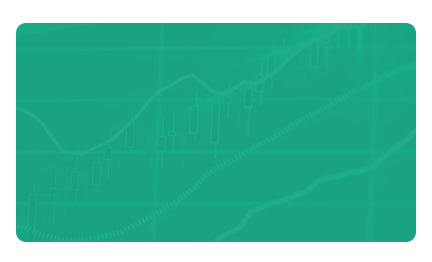The interest rates are recorded in the contract. It is paid by the issuer after the nominal value of the security. Interest rates are usually fixed. The other case is when interest rates are floating, based on market conditions.
Fixed coupon bonds
Fixed coupon bonds have a fixed interest rate until the maturity (nominal interest). The interest payments occur usually annually. In some countries (e.g. in the US), the payments may happen semi-annually.
Floating coupon bonds
Floating rate notes (FRNs) pay variable interest rates instead of a periodic fix coupon. The issuer of the bond pays coupons after the interest periods (e.g. 3 months, 6 months, or 1 year). In the same time of the interest payment, the issuer announces the interest rate for the upcoming period as well. The interest rate is linked to reference rates, such as the EURIBOR (European Interbank Offered Rate) or the LIBOR (London Interbank Offered Rate).
The EURIBOR and the LIBOR are the rates, for which banks in the European Monetary Union and London are depositing money on short term. These reference rates show the amount of interests for which banks would lend money for short term. In terms of coupons, investing in FRNs are similar to other investments on the financial market, because the interest rates are periodically recorded, just like in the case of futures and forwards.



















